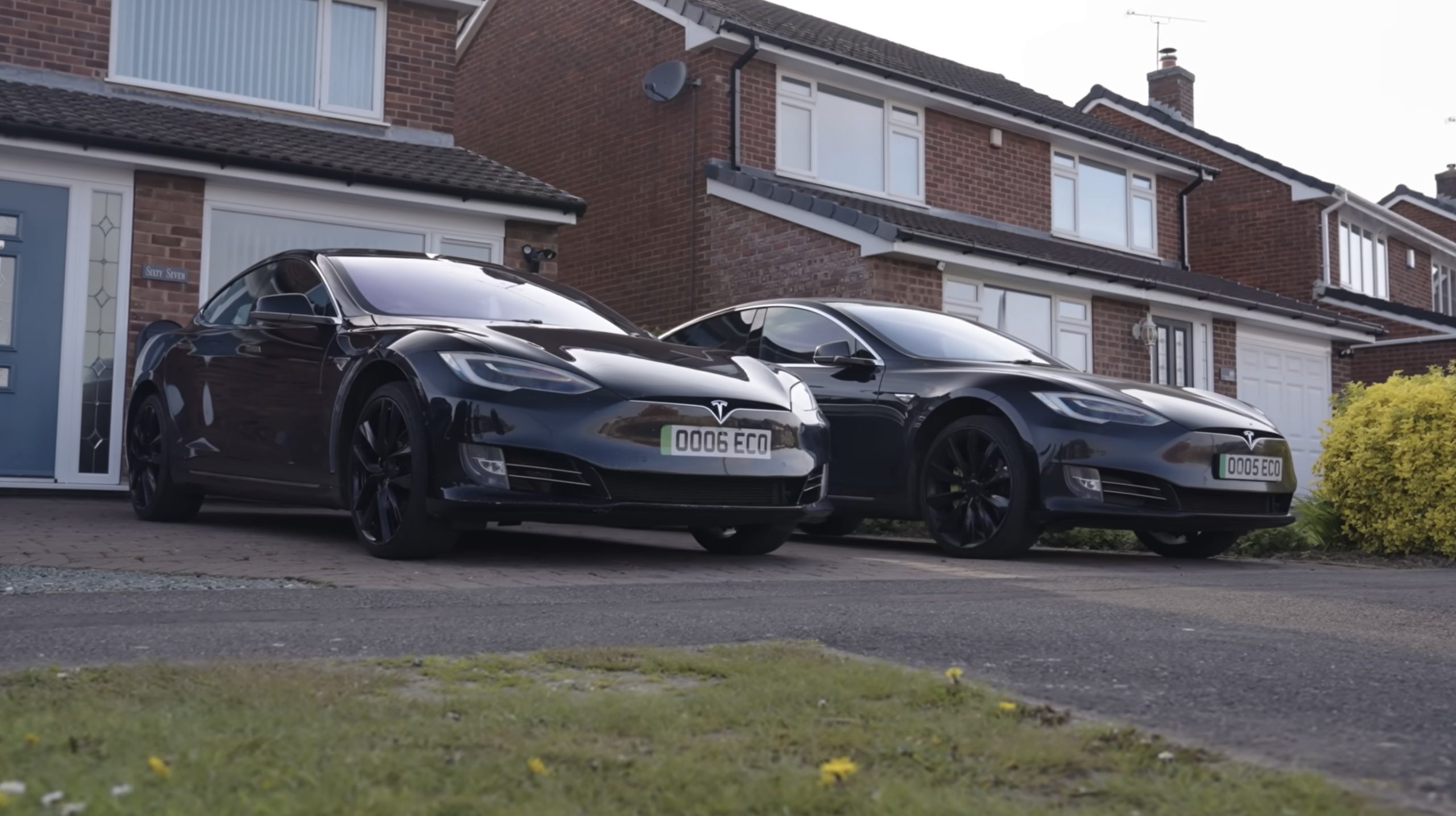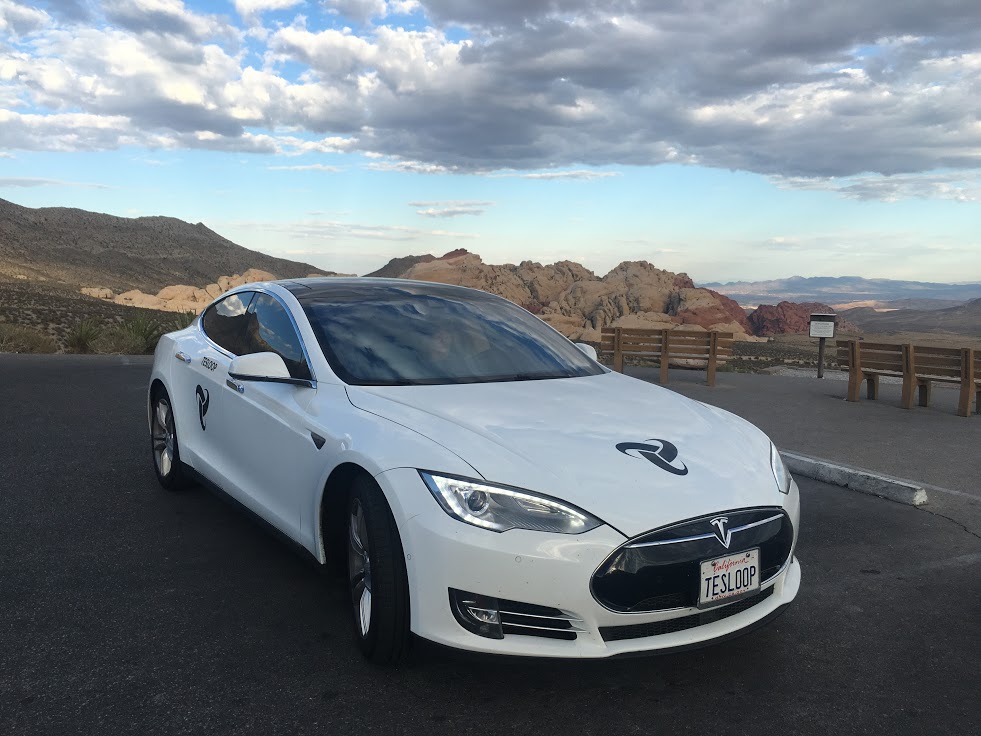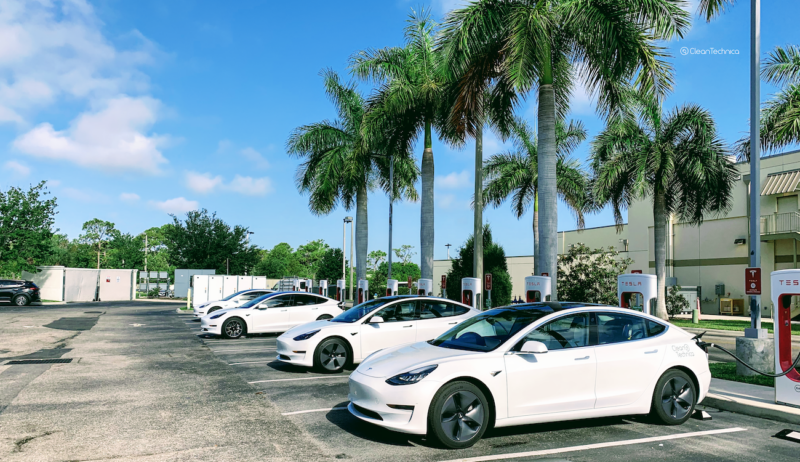Hello guys,
Happy to be a new member here and learning from you every day I read on this website. My question is, I have been playing with the max charge level, had it set to 35% this past week after learning that 20%-80% was not critically important for battery health.
Now I've charged to 100% taken a long trip and came home at 9% to plug in with our turtle speed 110v charger home plug + Tesla's travel charging kit.
It's now locked at minimum 50% or higher max charge ending time.
How do I see it again as a full bar allowing me to bring the threshold down to the previous minimum which if I remember correctly was 20% or higher based on my own charging percentage wish.
I have ran a search online and not found this answer yet.
Thank you,
Michael
Tesla S year 2016.
Happy to be a new member here and learning from you every day I read on this website. My question is, I have been playing with the max charge level, had it set to 35% this past week after learning that 20%-80% was not critically important for battery health.
Now I've charged to 100% taken a long trip and came home at 9% to plug in with our turtle speed 110v charger home plug + Tesla's travel charging kit.
It's now locked at minimum 50% or higher max charge ending time.
How do I see it again as a full bar allowing me to bring the threshold down to the previous minimum which if I remember correctly was 20% or higher based on my own charging percentage wish.
I have ran a search online and not found this answer yet.
Thank you,
Michael
Tesla S year 2016.






